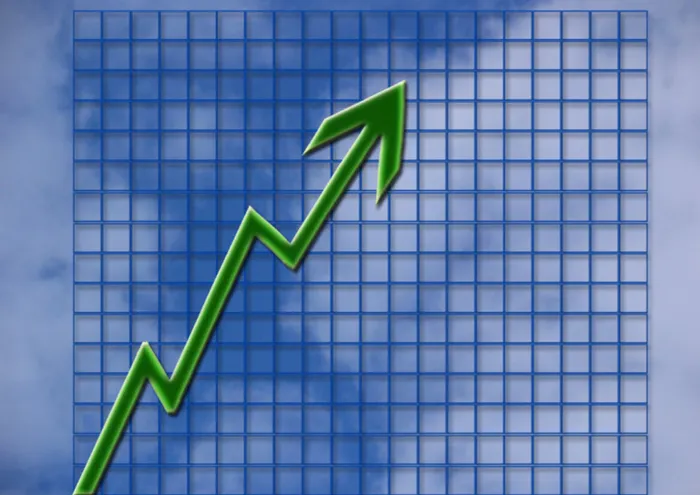SARB Oct leading indicator up 11.5%

South Africa's leading economic
indicator rose 11.5% year-on-year (y/y) in October from a 16.3% increase
recorded in September, according to central bank data released on Wednesday.
The country's seasonally adjusted leading economic indicator provides a
guideline for economic growth for at least six months ahead.
The latest increase takes the indicator to an index level of 129.8 which,
on a trend basis, is higher than the 121.8 index level in December 2009.
Month-month (m/m) growth has returned to negative territory, registering a
0.6% decline from a 0.8% rise in September.
September's index was revised downwards to 130.6 from 131.9.
The leading indicator had been over 120 and nearer to 130 for the whole of
2007. It however slowed and then dissipated when the first recession in 17
years was entered in late 2008.
The coincident indicator - which moves in line with the economy - for
September came in at 142.2 from a revised 142.5 (142.7) a month before. The
lagging indicator was reported at 99.4 from a revised 100.5 (102.1).
The leading indicator confirmed a few months ahead that South Africa's
economic growth would slow somewhat in 2010.
The coincident indicator is an economic factor that varies directly and
simultaneously with the business cycle, thus indicating the current state of
the economy. The lagging indicator changes after the economy has already begun
to follow a particular trend.
The South African Reserve Bank uses over 200 economic time series to
determine the turning points of the South African business cycle. Using these
indicators, the leading, coincident and lagging composite business cycle
indices are produced that indicate the direction of the change in economic
activity rather than the level of economic activity. - I-Net Bridge